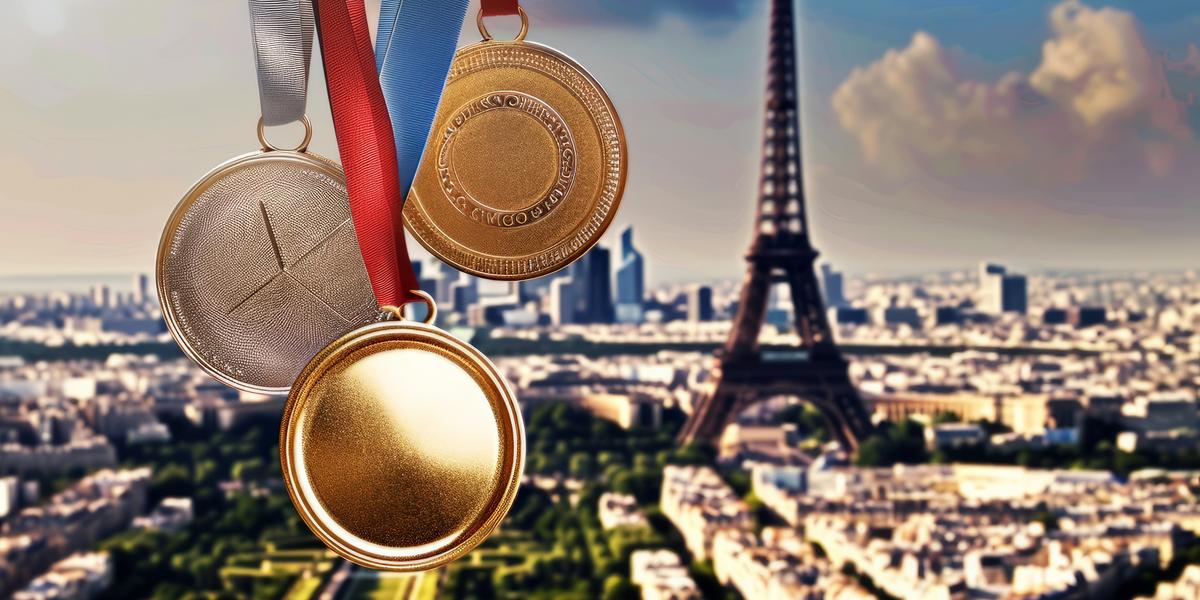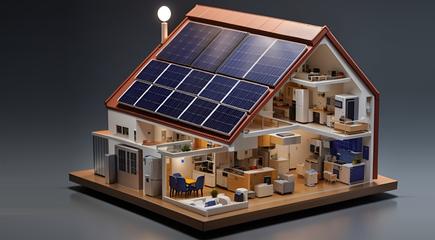Paris Olympics - Further, Faster, Higher… More Sustainable?

In pursuit of a carbon-neutral games
The 2024 Summer Olympics, officially the Games of the XXXIII Olympiad and commonly known as Paris 2024, are here. Over the course of the next month, more than 10,500 athletes will attempt to run faster, jump higher or throw further. Approximately 326,000 spectators will witness the event in person and one billion people are expected to watch on TV around the world.
According to Olympics.com, the official website of the Olympics: “previous Summer Games emitted an average of 3.5 million tons of CO2”. Paris 2024 aims to halve that figure and has set its sights on “contributing to the fight against climate change through support for projects aimed at providing environmental benefits, in order to offset more emissions than the Games create.”
Paris 2024 has taken into account the broadest category of emissions, Scope 3, which also covers the indirect impact of the Games, such as travel by spectators. Emissions that cannot be avoided will be offset by projects that, in some cases, have been in place since 2021. In Africa, for example, the International Olympic Committee (IOC), working with Tree Aid, will grow thousands of trees across Mali and Senegal, as part of the Great Green Wall initiative.
An even better approach is not to release carbon in the first place, and the ‘electrification of everything’ movement calls for the replacement of fossil fuels with clean, renewable energy sources such as solar and wind.

At the Paris Olympics, the most obvious single measure that the organizers have taken in this respect is the installation of France's largest urban solar PV array, which covers the roof of the Games' swimming pool. 5000 m2 of solar panels will supply all the energy that the Aquatics Centre will require. In addition, all the building materials used in the new facility are bio-based, for example, it features a timber structure. Interior fittings are made from recycled materials in France by companies that are exemplars of environmental expertise.

All the Olympic venues are connected to the grid to limit the use of diesel generators. France's power mix is already low in carbon intensity, with only 8% of its electricity coming from fossil fuels in 2023. But France’s largest source of low-carbon electricity is nuclear (65%). Its share of wind and solar is 14% - just 1% better than the global average (13%) but only slightly over half that of the European Union average (27%). France is aiming to increase its reliance on renewables to 34% by 2030, but this is still well short of the IEA’s Net Zero Emissions global target of 60% renewable electricity by 2030.*
Efficiency is one of the major challenges that new renewable energy installations must address – not only from a technical, but also from an economic standpoint. Power Integrations delivers SCALE™-2 gate drivers that can be employed to enable efficient power conversion and transmission in solar arrays similar to the one installed over the Games’ pool. Because they employ high levels of integration, small size and long operational life (a key tenant of sustainability) are achievable. High efficiency is also crucial for mass transit systems powered by renewable energy used in cities. Power Integrations’ SCALE™ EV family gate-driver boards are ASIL-ready, automotive-qualified dual-channel plug-and-play drivers for both silicon carbide (SiC) MOSFETs and silicon IGBTs. They are suitable for high-power automotive and traction inverters for electric, hybrid and fuel-cell vehicles, including EV buses. Similarly the company offers other hjigh-efficiency gate-drivers targeted at streetcars and trams, commuter trains and metros including the 2SP0115T, 2SP0230 and SCALE-iFlex Single boards.
The organizers of the Paris games, as well as of the summer Olympics Los Angeles (2028) and Brisbane (2032), hope to use the events to promote and encourage sustainability. In parallel with the shift to renewable energy sources which can be used for easily identifiable functions such as transportation, heating and lighting, there is a growing understanding that efficiency in all things is vital. In addition to its gate driver range, Power Integrations is probably best known for its range of IC power solutions that enable household appliances and smart portable devices to easily beat the energy consumption limits (voluntary and, increasingly, mandatory) set by global organizations such as ENERGY STAR, EU Energy Directive, California Energy Commission and the China Energy Label.
Consider, for example, how many TVs will be tuned in globally for the final of the 100m or the marathon. How many people will use an electric kettle, or grab something stronger from a beer fridge? What about all the rice cookers and microwave ovens that will be working overtime in homes worldwide to feed viewers as they binge watch events they have never even considered, such as artistic (formerly synchronized) swimming? If each of these devices could be made to consume even a tiny amount less electricity by operating at a fraction of a percent more efficiently, then an almost uncalculatable amount of energy could be saved. IC families such as Power Integrations’ InnoSwitch™ flyback switchers for AC-DC conversion, InnoMux™ for multi-output applications and BridgeSwitch™, a BLDC driver chip – some employing the company’s highly efficient PowiGaN™ gallium-nitride (GaN) technology – enable system efficiencies of above 95%.
The official motto of the Olympic Games is ‘Citius, Altius, Fortius’ (Swifter, Higher, Stronger). Perhaps, given the real commitment to addressing climate change and with the help of technology, the motto should be updated with the addition of ‘Sustineri’ (the Latin word for Sustainable).






